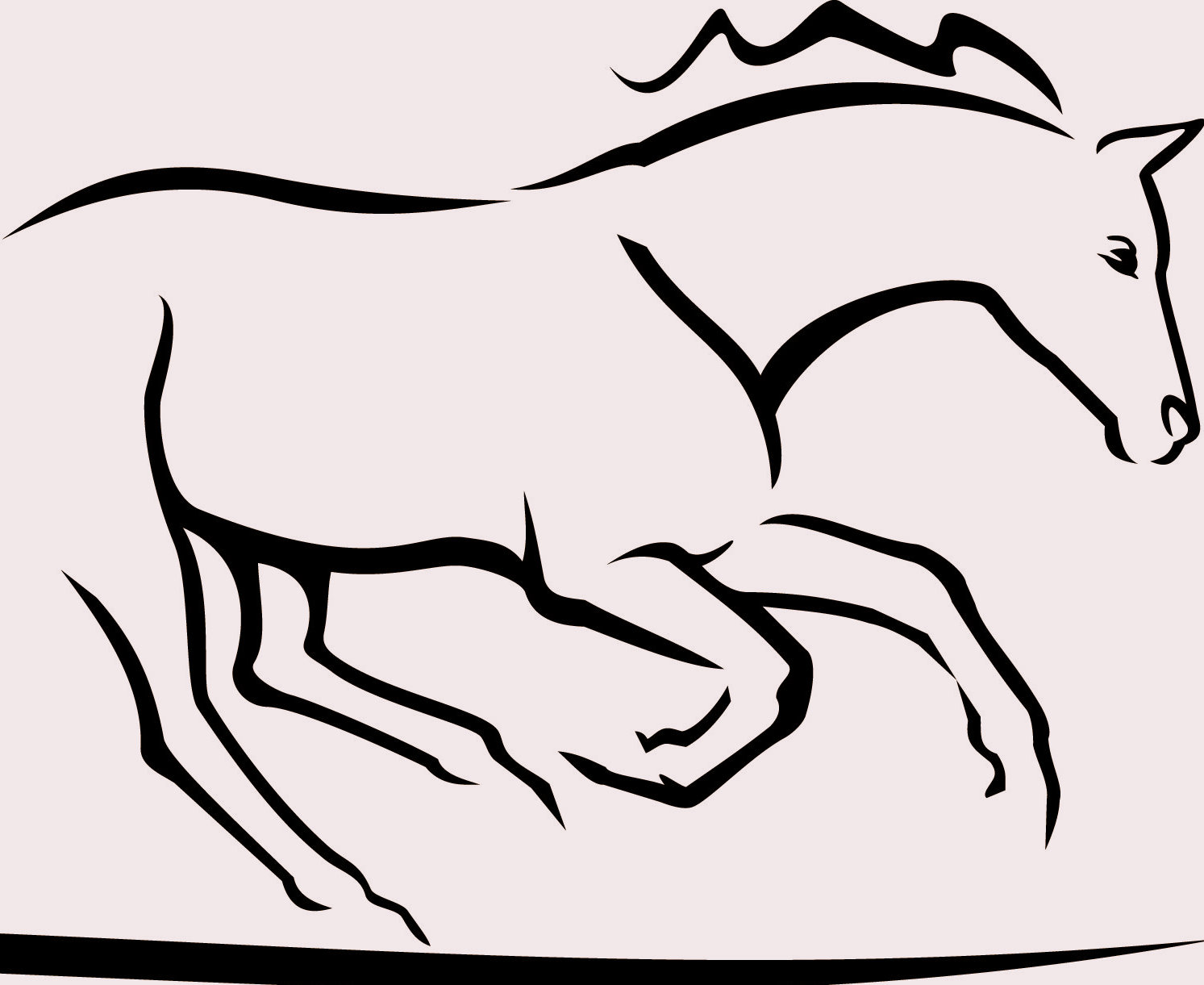
Over the past several million years, horses have evolved from the Eocene era's Labrador-sized mammal to today's modern, domesticated equine. In studying the Equus species' fossil record, researchers have discovered evidence of sidebone, ringbone, arthritis, navicular disease, and other hoof conditions, but until recently they've documented no reports of laminitis.
Many have chalked this up to a lack of human influence and predation of vulnerable animals, but Lane Wallett, DVM, a PhD candidate in the University of Florida College of Veterinary Medicine's Department of Physiological Sciences, wasn't convinced. So she conducted a study of ancient equine coffin bones and presented her findings at the 2013 International Equine Conference on Laminitis and Diseases of the Foot, held Nov. 1-3 in West Palm Beach, Fla.
"Chronic laminitis in horses has long been conceptualized as a disease of domestication, a result of husbandry practices replacing wild behavior and nutritional patterns," Wallett said. "However, the growing body of research suggests that the disease may be common in modern feral horses."
Factors Wallett believes contribute to laminitis' natural development through the ages include horses' digit reduction from five to one and their transition from short to high-crowned hypsodont (constantly erupting) teeth.
"Dentition transition means nutrition transition," she said. "It correlates with the rise of grassland and horses going from browsers to grazers and consuming more carbohydrates (as high-carbohydrate diets have been linked to laminitis development)."
In Wallett's study, she examined 1,119 distal phalanx (P3, or coffin bone) fossils from collections at the American Museum of Natural History, the Smithsonian Institution's National Museum of Natural History, and the University of Florida's Museum of Natural History. These ranged in age from 1-3.5 million years old. She examined each phalanx for signs consistent with chronic laminitis, including exostosis (new bony growth), vascular proliferation (increase in blood vessel openings in the bone), solar border proliferation/lipping, osteolysis (dissolving of bone), cortex thinning, and medullary (bone marrow) density loss.
The two very white P3s are casts of modern healthy and laminitic feet. The other specimens are fossils from about 1.8 million years ago, one healthy and one showing signs of laminitis.
Photo: Courtesy Lane Wallett, DVM
Wallett found that 75.25% of the specimens exhibited some signs consistent with chronic laminitis, and changes consistent with severe, chronic laminitis appeared in 6.08%.
"The most frequent pathology observed was roughening of the tendinous and laminar attachment sites, paired with abnormal vascular enlargement and proliferation," Wallett said. "Nearly one-third of phalanges studied also displayed considerable bone remodeling."
Wallett noted, however, that there were some limitations to her study. For instance, the fossils that end up curated in the museum (and, thus, were included in the study) might only represent those in the best condition, with less perfect specimens left in the field. Also, she said it would be difficult to compare horses from different eras (e.g., temperate vs. ice age).
Going forward, Wallett said she would like look at individual characteristics of these digits and how common and/or severe they are. She is also using computed tomography to better understand changes within each fossil's internal structure. "Together, these approaches should give us a more complete picture of how laminitis affected these prehistoric animals and how this compares to modern horses," she explained.
"Evidence of laminitis in the history of horses millions of years predomestication places its origins far earlier than previously thought," Wallett said in conclusion. She explained that this is important for better understanding disease risk factors and prevention, and for recognizing that no human influence is required for horses to develop laminitis.


Other Articles
CT Scans Can Help Diagnose Stifle Lameness
Diagnosing And Treating Equine Neck And Back Pain
Hoof Anatomy: Outer Structures
Hoof Angles' Impact On Lameness Examined
Hoof
Cracks: Types And Treatment
Hot Topics In Horse Care: Horse
Hoof Biomechanics
Lameness Head To Foot: Lower
Limbs
MRI Diagnostics: Uses And Limitations
MRI To Evaluate Suspensory, Sesamoid Injuries
Physical Exam Of The Horse Hoof
Prepurchase Exams: A Health Care Must

Dr. Krystyna Stoffel, D.V.M.
651.226.6862
Nick Stoffel,
Farrier
651.270.1044
13014 265th Street, Welch, MN
55089
Contact Stoffel Equine Veterinary Services
Request An Appointment
with Stoffel Equine

Stoffel Equine is an ambulatory, equine exclusive veterinary practice focusing on lameness and performance issues.
We are dedicated to preventing, diagnosing and treating injuries and ailments of equine athletes. We provide customized services and care unique to your needs.
Stoffel Equine, brings the veterinary clinic to your front door, equipped with the latest equipment and technology. We diagnose and treat lameness problems on your farm with the portable, stall side, digital x-ray and ultrasound. This equipment provides immediate diagnosis of any abnormalities.
Our portable shockwave machine, also provides immediate treatment for soft tissue and some joint disease.
Our goal is to enhance your horse's quality of life.
Please contact us for more information, or to schedule
an appointment.
© Copyright 2011
Stoffel Veterinary Services